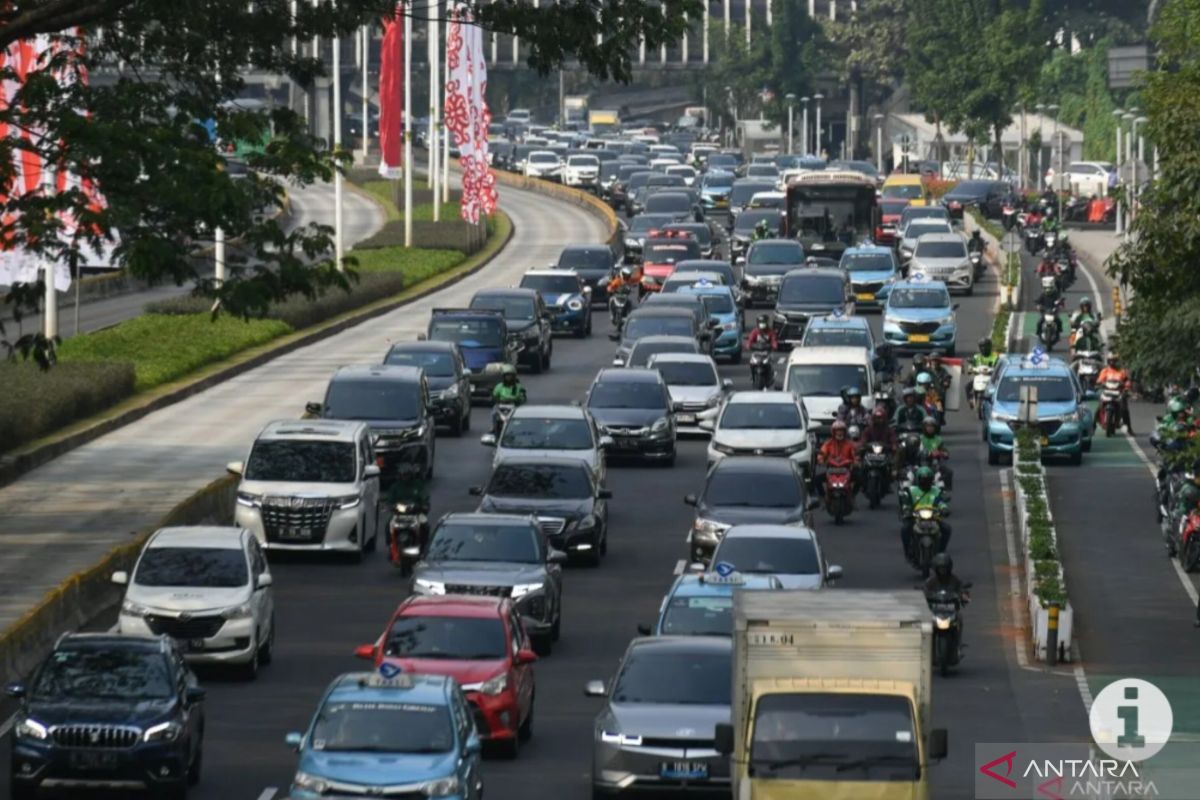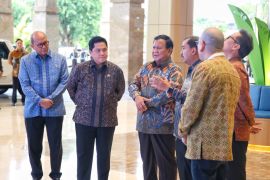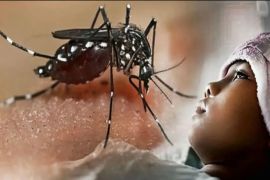This circular letter is addressed to provincial, district and city health services, hospital directors, Port Health Offices, Centers for Environmental Health and Disease Control Engineering (BBTKLPP), and Community Health Centers (Puskesmas).
"With this circular, the ministry encourages local governments to involve community's participation in dealing with respiratory diseases," the ministry's head of communication and public service bureau, Siti Nadia Tarmizi, stated on Wednesday.
Considering that air pollution is a transboundary issue, which means it knows no time, location, and generation boundaries, Tarmizi stated that handling air pollution requires coordination between stakeholders: the central government, regional governments, the private sector, and the community.
Hence, the Health Ministry is making several efforts to deal with air pollution by educating the public through campaigns in various media, related to the impact of air pollution on health in the form of diseases that are acute, or short-term, to chronic, or long term, she remarked.
"Acute diseases include mucosal irritation, respiratory tract irritation, increased ARI, increased asthma attacks and chronic obstructive pulmonary disease (COPD), increased heart attacks, and the risk of toxic gas poisoning," she stated.
Tarmizi noted that the chronic diseases included bronchial hyperactivity, allergic reactions, asthma reactions, COPD risk, heart and blood vessel disease risk, cancer risk, and stunting risk.
The second effort made by the ministry is encouraging increased public awareness in terms of early warning based on real-time air quality monitoring results from official sources from the authorities, she stated.
The third effort is by encouraging local governments to implement the Air Quality Improvement Strategy and Health Impact Mitigation, starting from implementing the 6M+1S health protocol and creating an early warning system for the public when air pollution worsens.
"Also increasing surveillance efforts, identification, early intervention, Health Risk Assessment, as well as comprehensive case management in health care facilities," Tarmizi stated.
She highlighted that the fourth effort entailed preparing first-level and advanced-level health facilities and cooperating with other relevant stakeholders in handling complaints or public health problems due to air pollution.
She noted that the fifth effort involved encouraging increased community participation in overcoming the health impacts caused by air pollution through the implementation of the 6M+1S Health Protocol, especially for vulnerable group of people, such as children, pregnant women, people with comorbidities, and the elderly.
The 6M+1S health protocol includes checking air quality, reducing outdoor activities, using air purifiers, avoiding sources of air pollution, wearing masks, implementing a clean and healthy lifestyle, and immediately seeking health treatment if the person experiences health problems due to air pollution.
"Sixth, ensure the availability of masks in each area, especially masks that can filter air pollution, especially PM2.5," she stated.
The last one is monitoring air quality as well as preventing and controlling an increase in cases found and reporting the results to the Director General of P2P through the Early Alertness and Response System (SKDR) on the EBS menu via the link https://skdr.surveilans.org or through WhatsApp Messenger at number: 0877-7759-1097 or email: poskoklb@yahoo.com and cc it to the Directorate of Environmental Health (email: subditputk2020@gmail.com) as well as the Provincial Health Service and district and city health services.
Related news: Pollution - Govt prepares 740 health facilities to handle infections
Related news: Minister outlines PM 2.5 threats as written in WHO guidelines
Related news: Ministry uses IHME data for air pollution impact analysis
Translator: Sean Filo Muhamad, Resinta S
Editor: Sri Haryati
Copyright © ANTARA 2023












